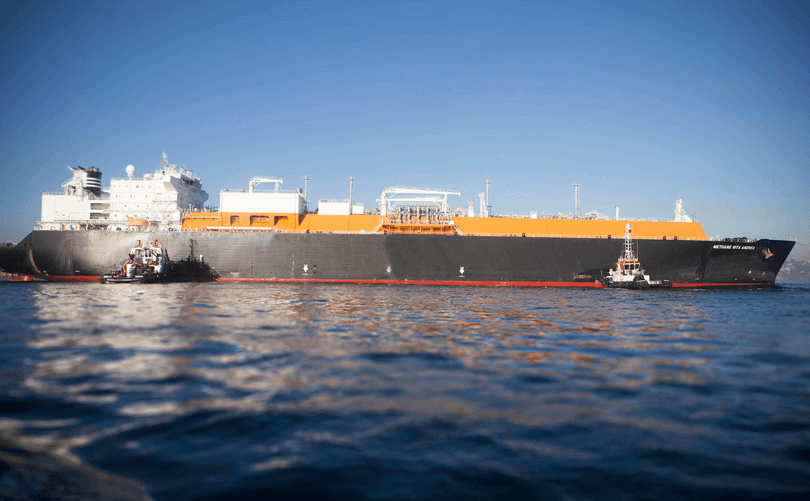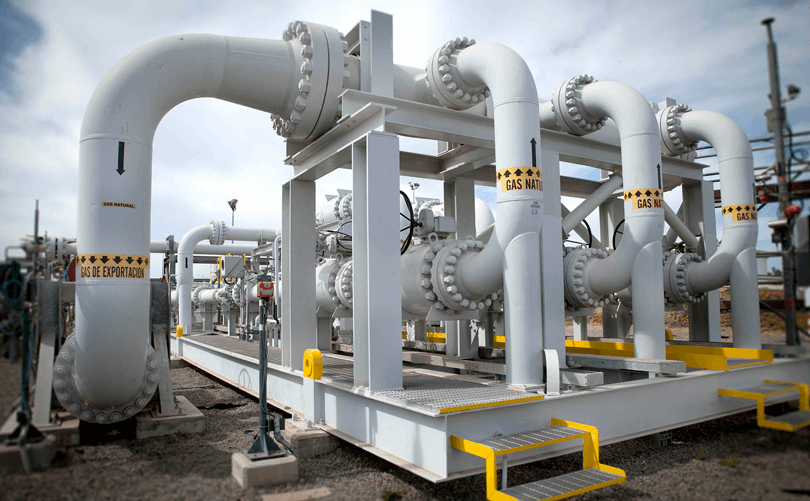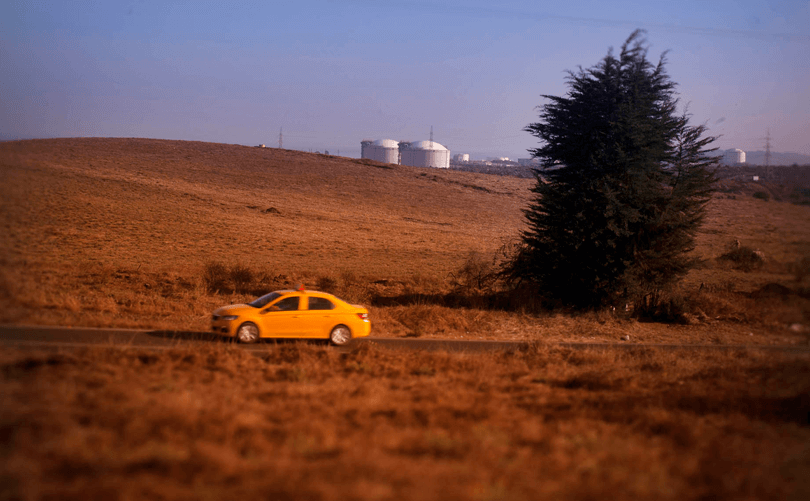LNG is liquefied natural gas, a product that, at our Terminal, is returned to its original state through a clean and efficient process.
Before it can be consumed by end-users, the product must first pass through several stages.
Natural gas is extracted from the depths of the earth where it accumulates in underground rocks or is trapped by solid rocks that prevent its escape, forming a deposit. In recent years, technologies have also been developed to recover natural gas from unconventional sources as in the case of shale gas and tight gas, which are accessed through horizontal drilling and fracking, and coalbed methane, which is extracted from coal deposits.

The natural gas extracted from deposits is processed in liquefaction plants that lower its temperature to -160° Celsius, changing it from its gaseous state into a liquid. This reduces its volume 600 times, transforming it into liquefied natural gas (LNG).
Given the reduction in volume, it is economically viable to transport LNG in special ships to terminals such as GNL Quintero, where it is stored at -160° Celsius in three tanks located on land.

The LNG is then pumped to vaporizers where its temperature is raised, producing regasification and transforming it back into natural gas. This is then injected into the pipeline distribution network to supply residential and commercial users, clients in the transport, industrial and petrochemical sectors and power producers in central Chile.
LNG can also be transported in tanker trucks from GNL Quintero to areas of the country not connected by gas pipeline, where it is stored and regasified locally.
The LNG received at GNL Quintero is mainly methane (98%), with smaller amounts of ethane, propane, butane, nitrogen and carbon dioxide.

As a result, liquefied natural gas is the cleanest fossil fuel, with combustion that generates practically no emissions of particulate matter or other local pollutants.
The construction of the GNL Quintero Terminal opened a new LNG supply route from the Atlantic Ocean to the Pacific through the Strait of Magellan. LNG ships from places as diverse as Trinidad and Tobago, Algeria, Qatar, Equatorial Guinea, the United States, Mexico and Australia have docked at the GNL Quintero jetty.
Today, the natural gas processed at the GNL Quintero Terminal is used mainly by power producers, industrial companies and refineries as well as for residential, commercial and transportation purposes.
